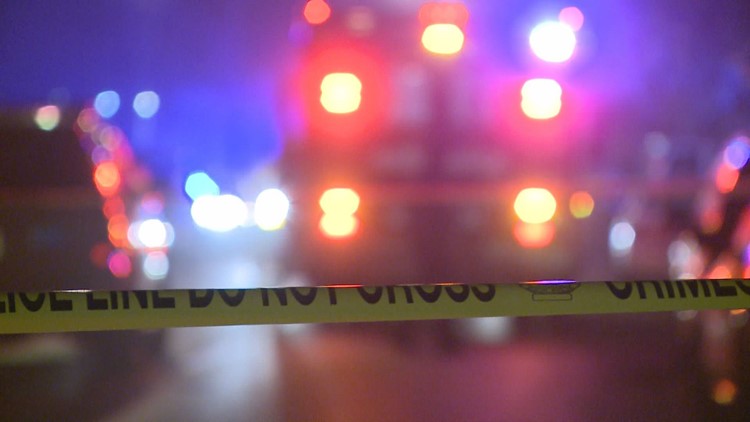There were 136 at the same time last year, meaning as September neared there had been a 22.6% drop in the city’s homicide rate.
“One life lost to gun violence is one too many, and while we acknowledge and accept this progress, we still have a long way to go,” Mayor Tishaura Jones said during a press conference last week when asked about the homicide decline.
“This progress is due to an all-hands-on-deck strategy I have been talking about for years. It is our community violence intervention program. It’s our Cops and Clinicians program [working] with social workers and communities.
“It’s funding intervention programs in 11 of our most dangerous neighborhoods.”
Jones also saluted the “hard work of the St. Louis Metropolitan Police Department and the leadership of Chief Robert Tracy.”
Tracy said in a statement to the St. Louis American, “While we have seen a significant decrease in homicides this year compared to prior years, we still have much more work to do because there are still too many shootings and homicides.”
“I would not say there is a single reason for the decrease, but factors like our overall comprehensive crime strategy and the real-time sharing of timely and accurate intelligence certainly play a role.”
Tracy said those are “key components of the CompStat methodology that I have been implementing since taking this position in January 2023.”
“We also have some of the most dedicated police officers and civilian staff I have had the privilege to work alongside, and they work day in and day out to make our city safer through implementing these proven crime prevention strategies."
According to a report released on July 20, 2023 by the non-partisan Council on Criminal Justice, the number of homicides in 30 U.S. cities declined in the first half of 2023 compared to the first half of last year. The homicide rates in many of the cities have remained above pre-pandemic levels.
In the 30 cities examined, homicides declined 9.4% in the first half of this year compared to the first half of last year, with about 200 fewer homicides in that period.
Richard Rosenfeld, a criminologist at the University of Missouri-St. Louis and Crime Trends Working Group of the Council on Criminal Justice chair, was a co-author of the report.
In a commentary for USA TODAY, Rosenfeld wrote that a homicide spike occurred in America at the height of the COVID-19 pandemic and during massive protests against police violence after George Floyd was murdered by a Minneapolis officer in May of 2020.
“The sheer stress and strain of the pandemic, coupled with the disruption of needed services, might have pushed homicide rates up, even as the alteration in daily routines reduced opportunities to commit other crimes,” Rosenfeld said.
“Public confidence in the police fell to a record low after Floyd’s murder. When people do not trust the police, they are more likely to view private violence as acceptable.”
Rosenfeld connected homicide rates and the economy because the increase “occurred in the midst of a huge rise in unemployment, followed by a spike in inflation.”
“During the past year, the unemployment rate has fallen to below 4% and inflation has dropped to 3%. Better times could be contributing to the homicide drop.”
According to the Labor Department, the African-American unemployment rate through July was 5.8%.
Tracy said police “will continue to work with state and federal prosecutors to help address the few individuals responsible for driving the majority of the violent crime in our community."
Jones said during the press conference, “We are going to continue on the platform we are currently on.”
“We recently had a regional crime summit [and] we’re going to continue that work, along with East-West Gateway and other regional leaders, because crime is a regional issue, not just a city issue.”


